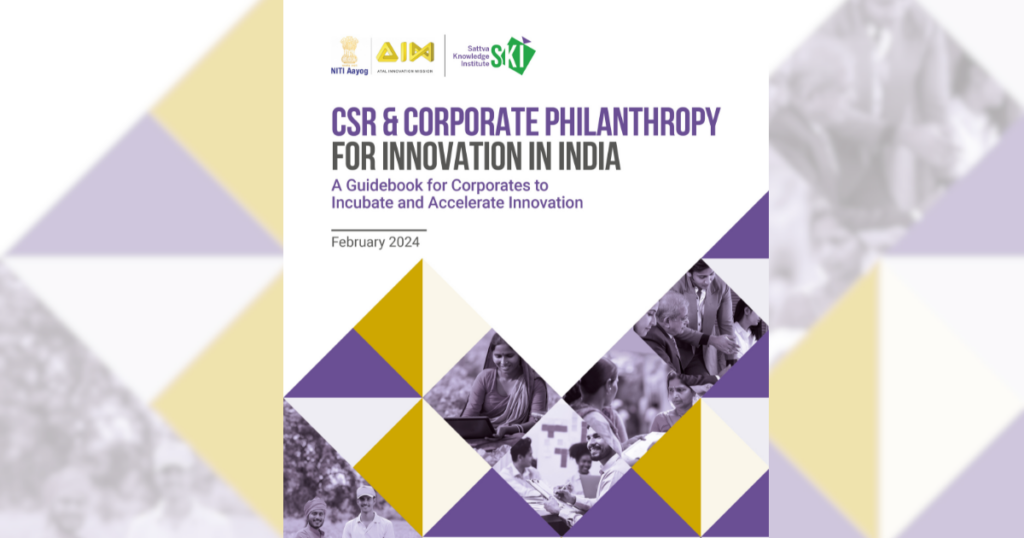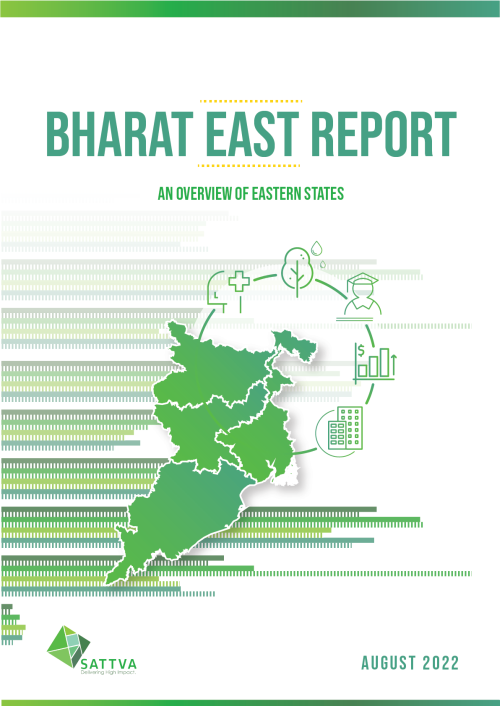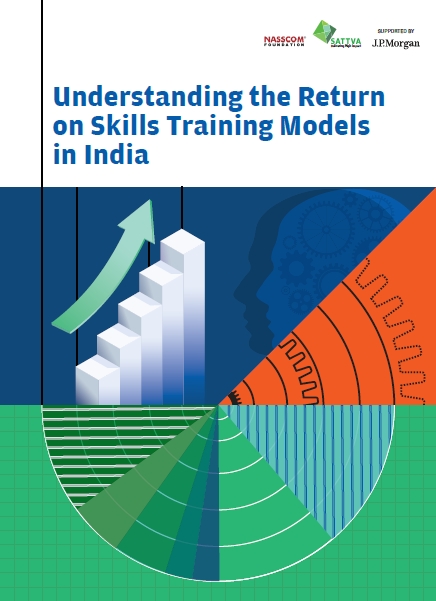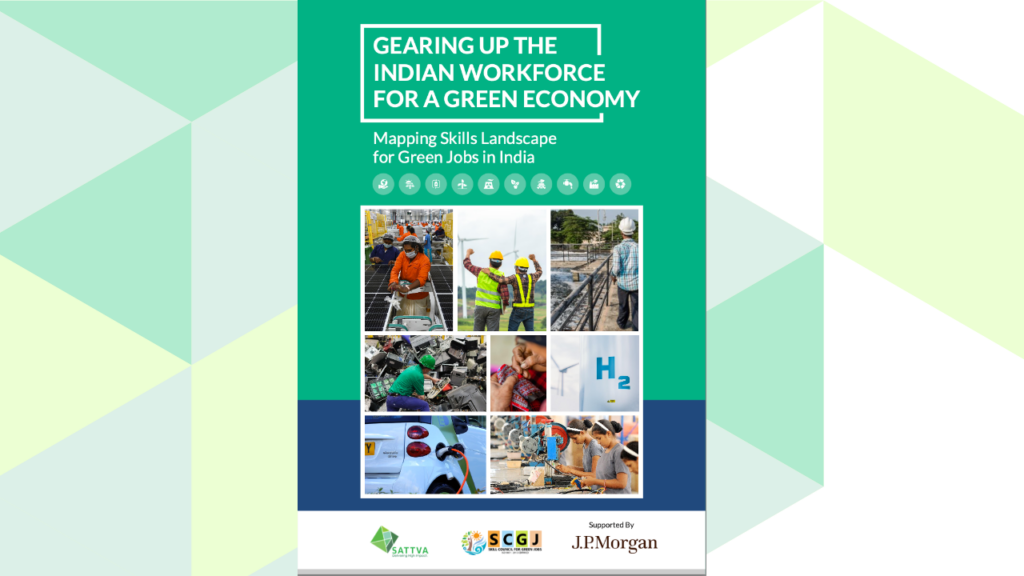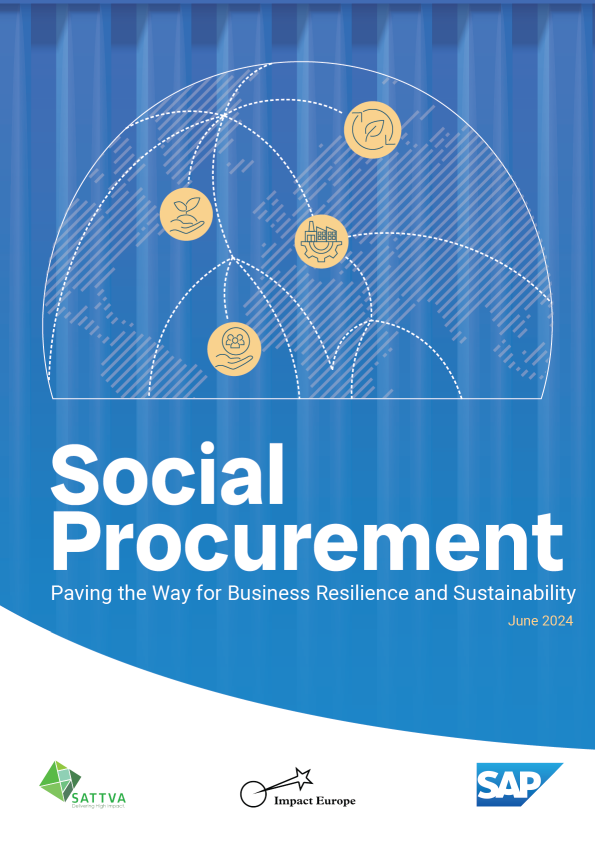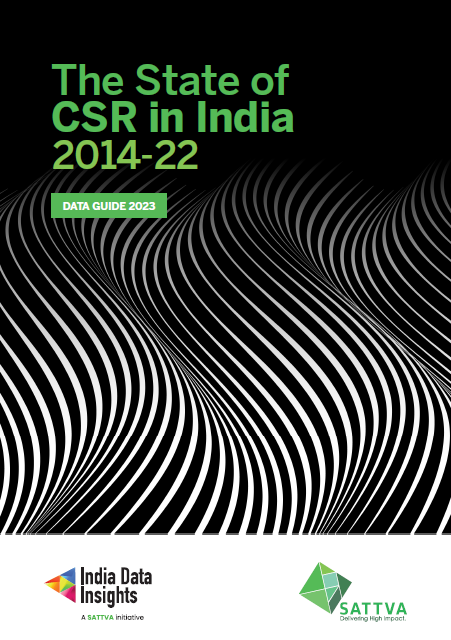As we reflect on a decade since the CSR mandate came into effect, it’s clear that the role of CSR has expanded significantly. Corporates are increasingly adopting a problem-first approach, going beyond the transactional nature of funding programmes to create a more enduring impact.
CSR is now seen as a vehicle for innovation, often employing mechanisms such as innovative finance to attract further investment and enhance the scale and sustainability of solutions. Corporates are not only deploying funds but are also playing a catalytic role by engaging in collaborative partnerships with other corporates, government, academic institutions, incubators, NGOs, and other stakeholders to unlock resources and drive systemic transformation.
Read our key insights, here and scroll down for more details and the link to the full report below.
State of CSR report 2024
In this year’s edition of State of CSR in India report, Sattva provides an in-depth analysis of the progress made over the past decade. The report highlights key trends, including sector-wise and region-wise CSR investments, a detailed analysis of top funders’ spending by geography, and expenditures on aspirational districts. It also offers a comprehensive review of CSR’s role in advancing India’s Sustainable Development Goals (SDGs) and explores emerging areas such as climate action and livelihood enhancement projects. The insights presented are designed to equip stakeholders with the critical information needed to navigate the evolving CSR landscape and make informed, sustainable decisions that drive measurable impact.
CSR’s shift to a problem-first approach
To maximise the impact of CSR, companies are increasingly shifting from project-based funding to a problem-driven approach. Identifying key societal challenges that align with the material needs of the industry they operate in, enables businesses to contribute more meaningfully to addressing systemic issues. However, companies have realised that targeting these challenges isn’t enough; CSR agendas must be designed to pinpoint where in the problem’s lifecycle CSR capital can be most catalytic and transformative. This requires a strategic, well-structured approach where interventions are carefully tailored to create long-term solutions.
- While education and healthcare remain top CSR priorities, there’s a shift in emerging sub-areas
- CSR funding doubles for livelihood projects and natural resource conservation
- Growing trend of CSR-to-CSR collaboration, in addition to other partnerships
- Innovation and research-centric interventions are gaining traction
- However, underserved regions continue to face funding imbalance
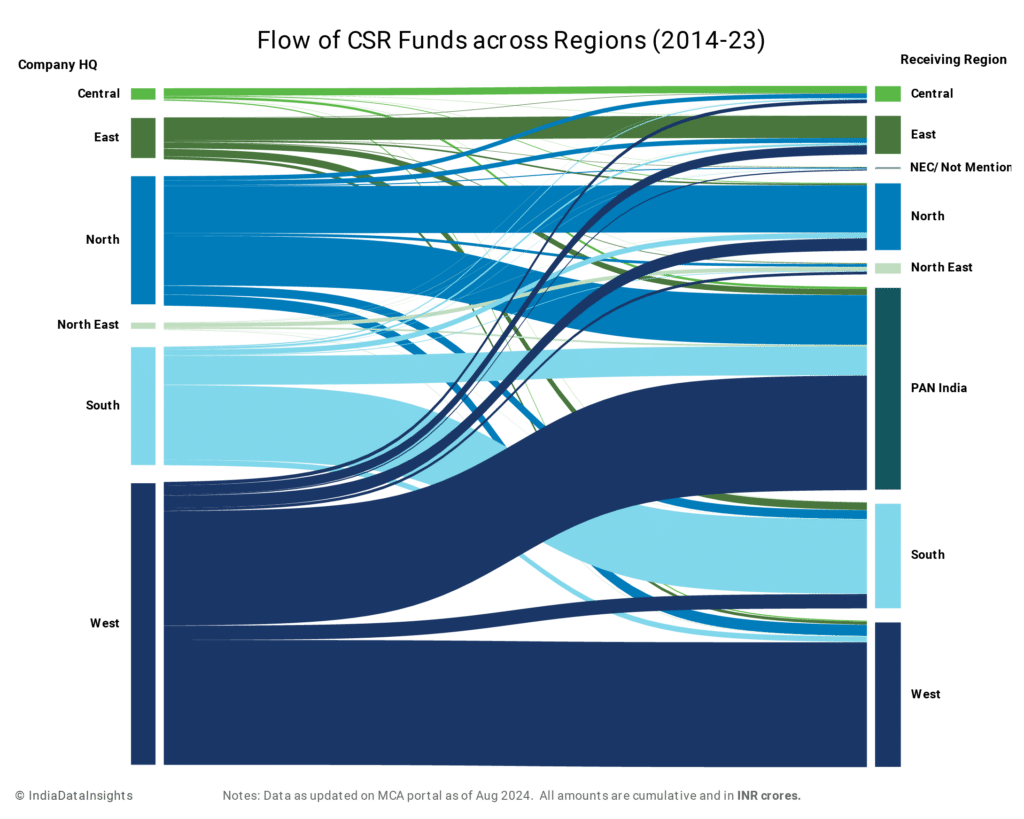
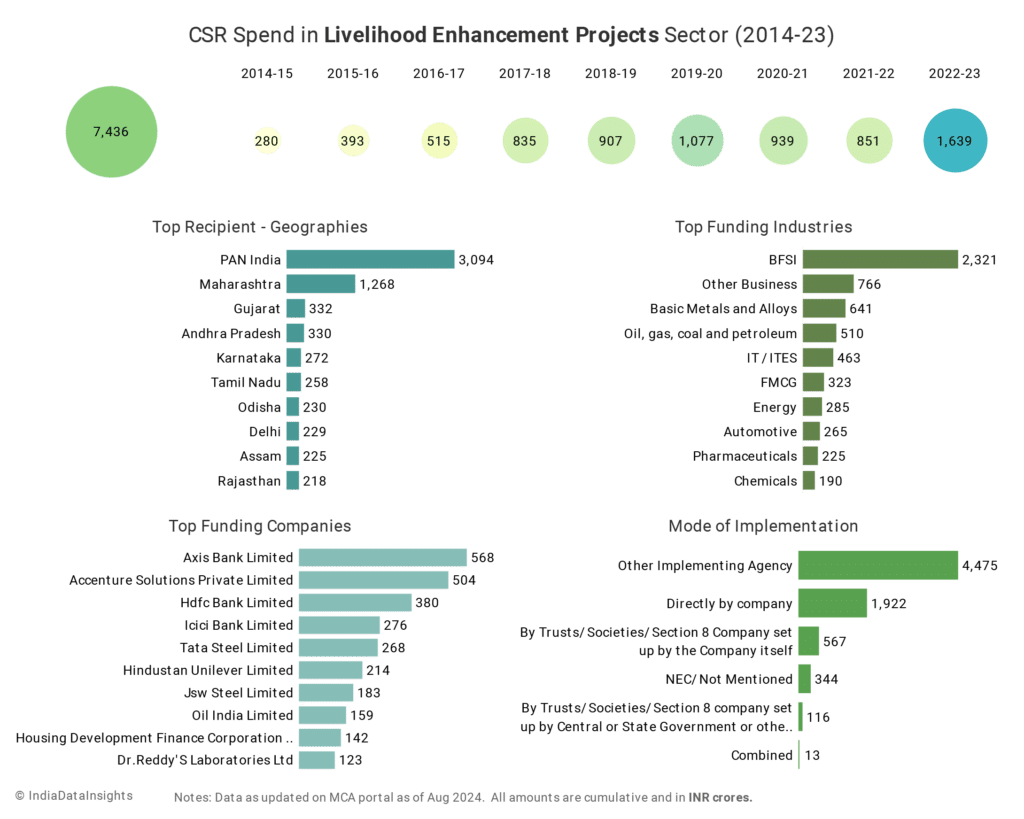
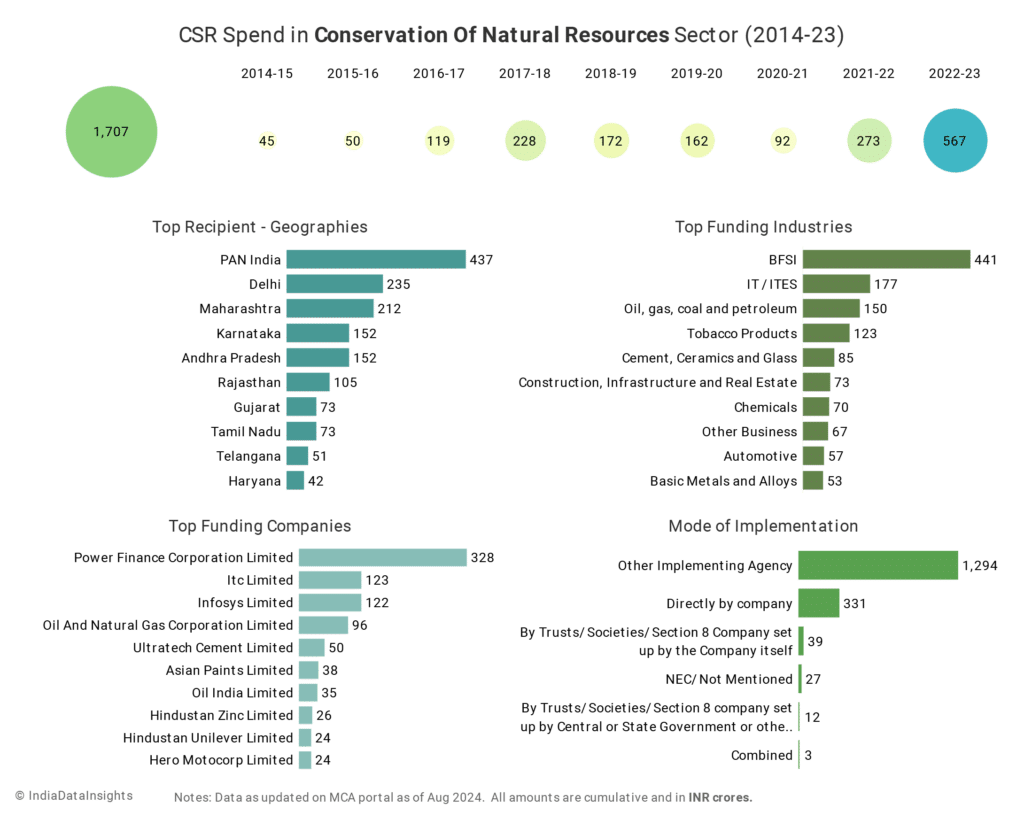
Recent regulatory amendments allowing the transfer of unspent CSR amounts to “ongoing” projects and permitting the carryover of funds for up to three years appear to have prompted a strategic shift.
Corporates are increasingly focusing on flagship programmes that align with longer-term impact goals, moving away from traditional one-time donations and short-term projects with immediate but limited results.
As India continues to grow as the world’s fifth-largest economy, this expanding regulatory framework is crucial to aligning CSR efforts with the nation’s economic and social ambitions. Moving forward, it will be essential for companies to synchronise their CSR strategies with evolving sustainability compliance and reporting standards. These changes encourage businesses to channel their resources toward sectors with significant social gaps—particularly where public capital has been insufficient. The path ahead emphasises a more targeted and transparent approach, ensuring that corporate resources are directed to where they can make the most measurable impact.
Here’s a showcase of some of our work with CSR, in Aspirational Districts, and across innovation and livelihoods:
This edition of the report is a detailed CSR landscape study designed to provide actionable insights on:
- Under-funded regions
- Industry and CSR spending trends
- Under-funded sectors
- Peer trends by industry and company size
This data guide is an essential tool if you are a:
- CSR practitioner working on creating effective programmes
- Non-profit organisations looking to understand the funding landscape
- Policy makers/researchers studying CSR trends
For the complete report, click on the ‘Download PDF’ link on the right side of this page.
For more data-based reports on CSR, do visit India Data Insights.
